Prevent Costly Repairs with Regular Chimney Evaluations
Regular chimney inspections are essential for maintaining safe and efficient fireplace operation. They help identify potential issues before they develop into costly repairs or safety hazards.
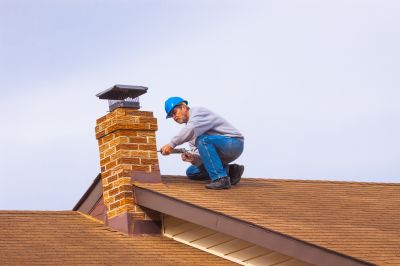
Ensures the chimney cap is intact and properly protects against debris and animals.
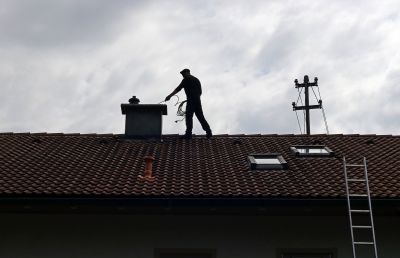
Assesses the condition of the liner to prevent heat transfer and fire risk.
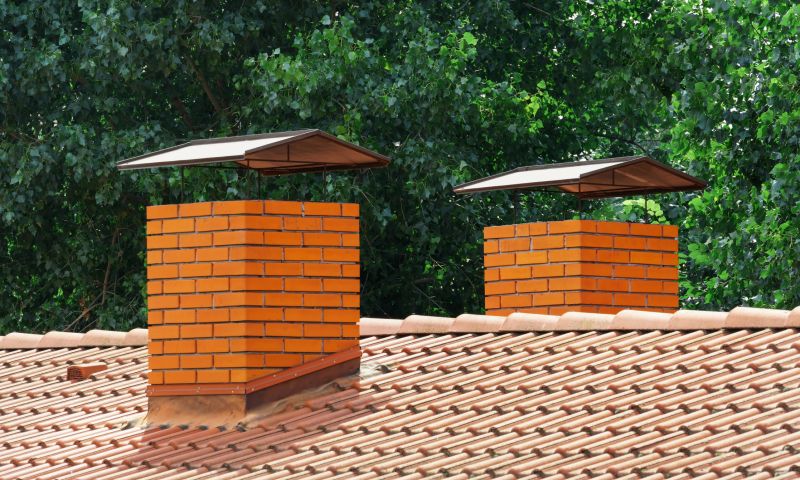
Verifies the damper opens and closes properly for safe operation.
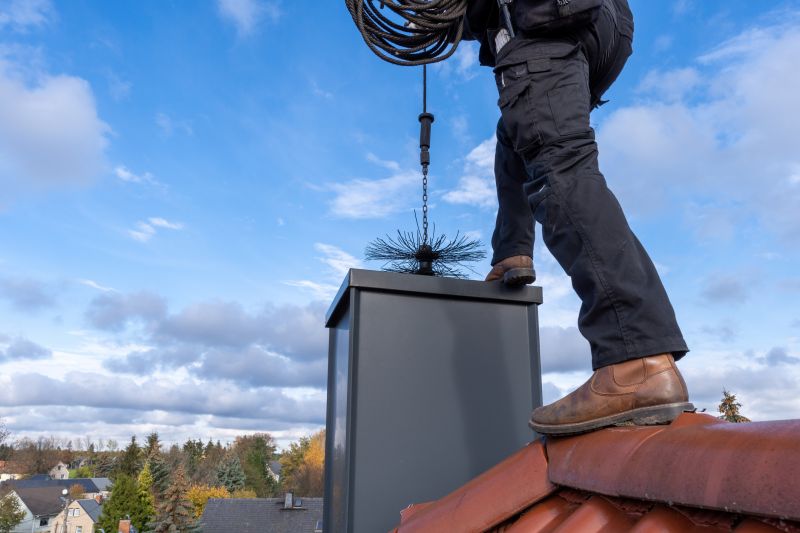
Detects creosote accumulation that can cause chimney fires.
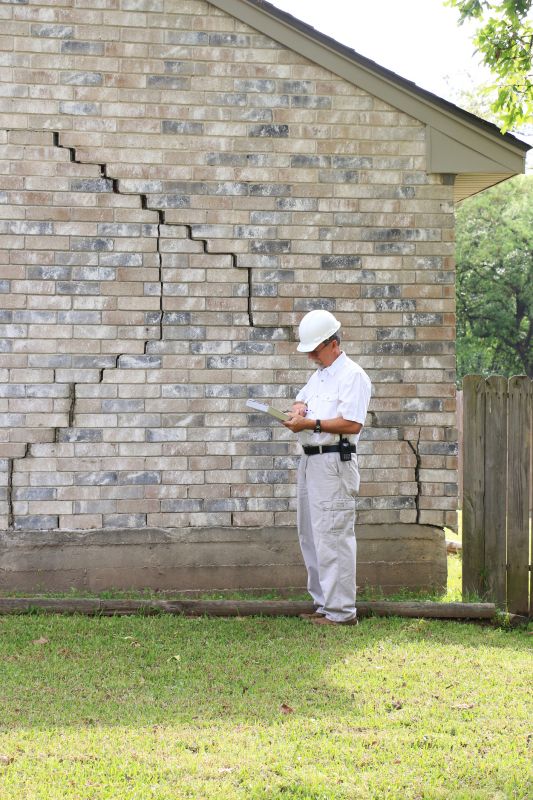
Examines the overall structure for cracks or damage.

Checks for obstructions or damage affecting smoke flow.

Assesses the flue for corrosion or blockages.

Ensures the hearth is stable and free of debris.
Chimney inspections are vital for ensuring the safety and functionality of wood-burning fireplaces. A thorough assessment can reveal issues such as damaged liners, deteriorated caps, or blocked flues that may lead to dangerous smoke or fire hazards.
Failure to properly inspect and maintain a chimney can result in dangerous situations, including chimney fires, carbon monoxide leaks, and structural collapse. Regular inspections help prevent these risks by identifying problems early.
Key components of a chimney include the chimney cap, which prevents debris and animals from entering; the chimney liner, which protects the structure and enhances safety; and the damper, which controls airflow and heat retention. Ensuring these parts are in good condition is crucial for safe operation.
Properly functioning chimneys facilitate efficient heat transfer and reduce the risk of fire hazards. Regular inspections can extend the lifespan of the chimney and improve fireplace performance.
Supportive images depict various aspects of chimney and fireplace systems, including caps, liners, dampers, and cleanings, illustrating the importance of comprehensive inspections.

A sturdy cap prevents debris and animals from entering the chimney.
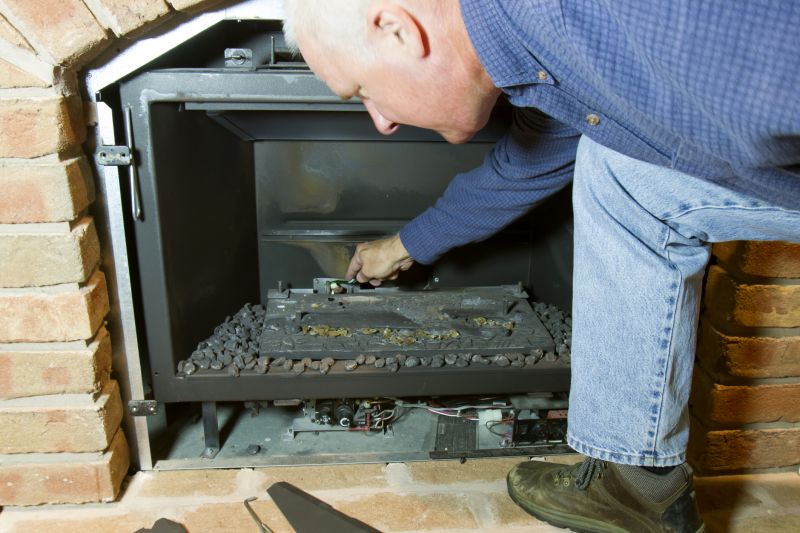
Checking for cracks or deterioration in the liner.
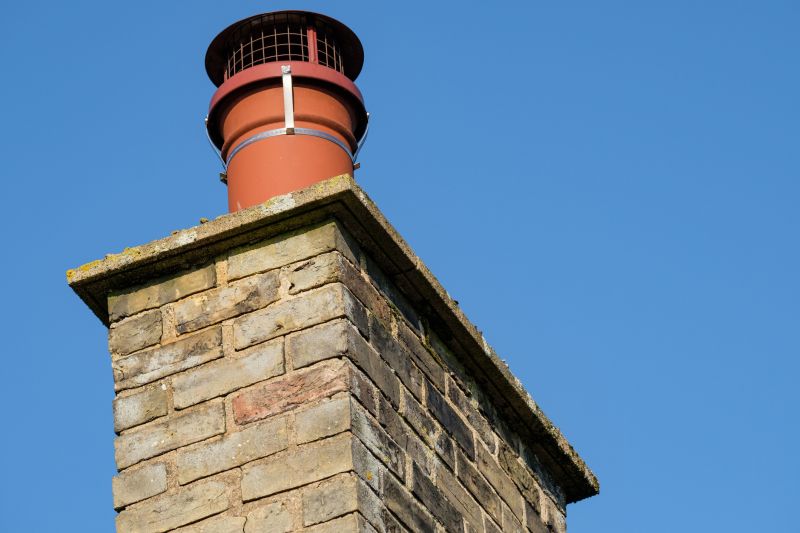
Ensuring the damper opens and closes smoothly.
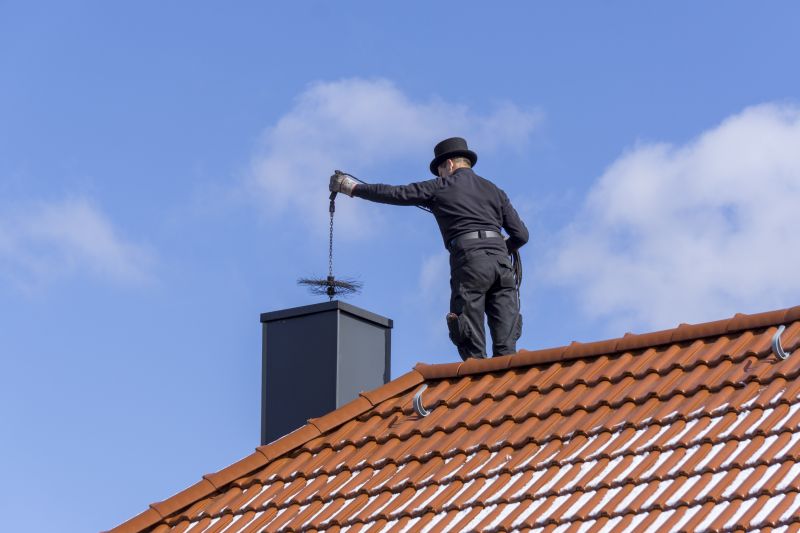
Accumulation that can ignite if not cleaned.
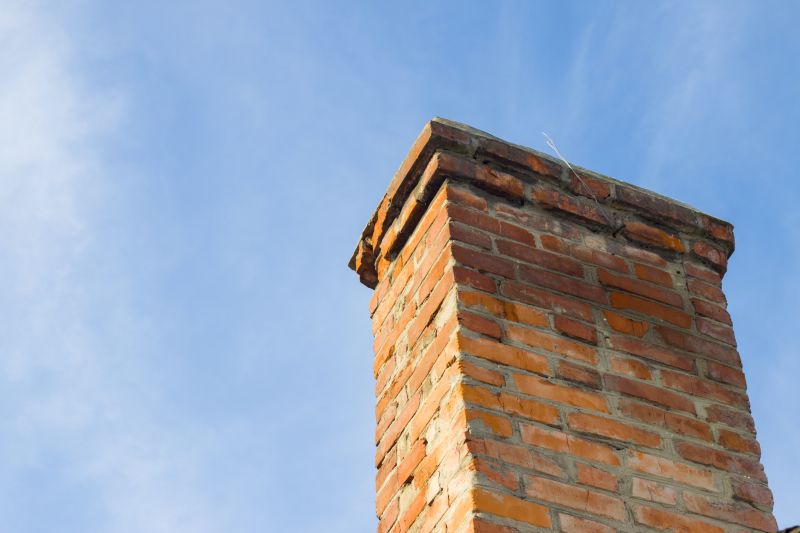
Cracks or deterioration in the masonry.

Removal of creosote and soot.
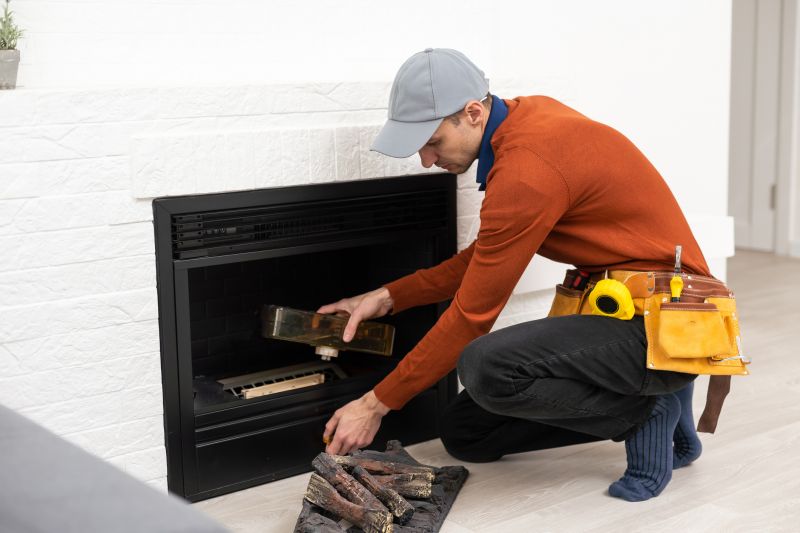
Inspecting for cracks or damage.

Proper operation for safety and efficiency.
For a comprehensive assessment of chimney and fireplace safety, contact the appropriate service provider through the contact form to receive a detailed quote for chimney inspection services.



